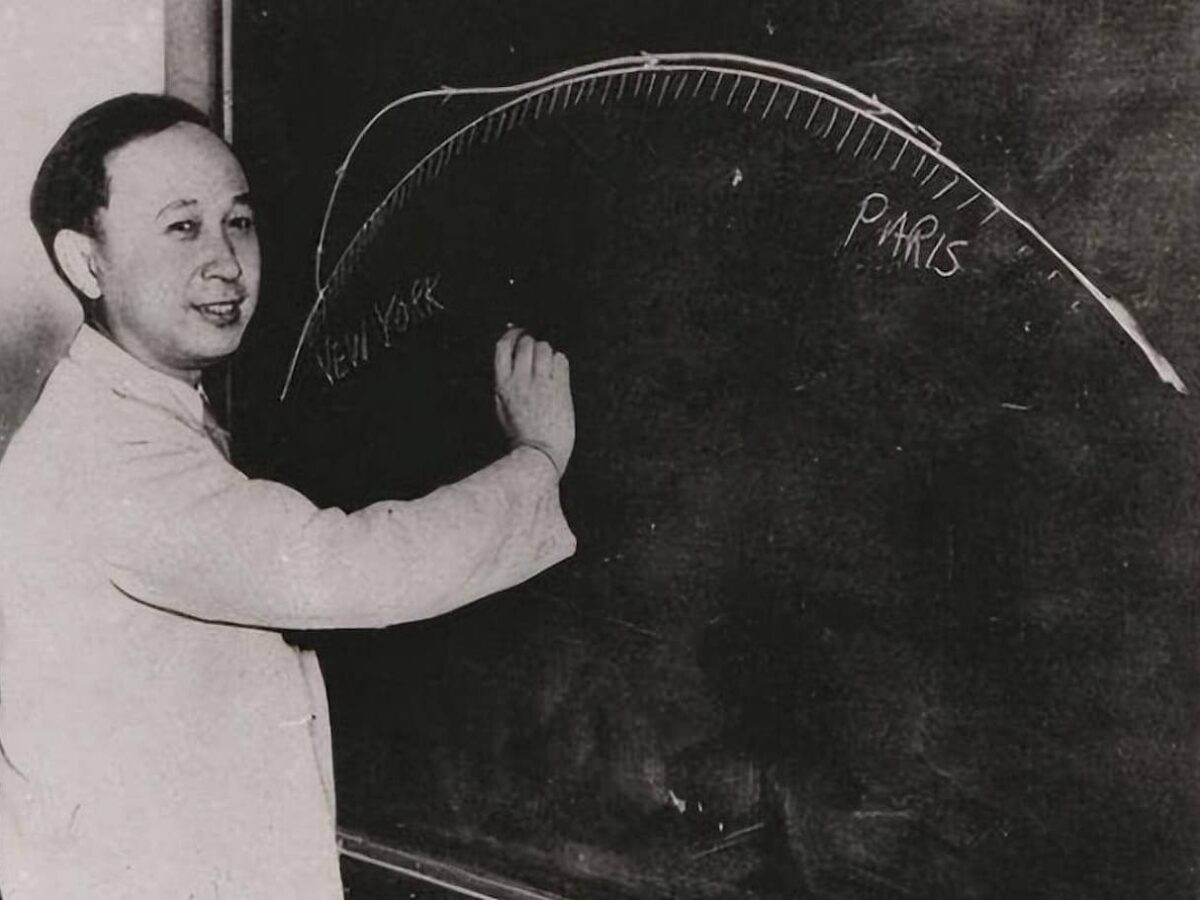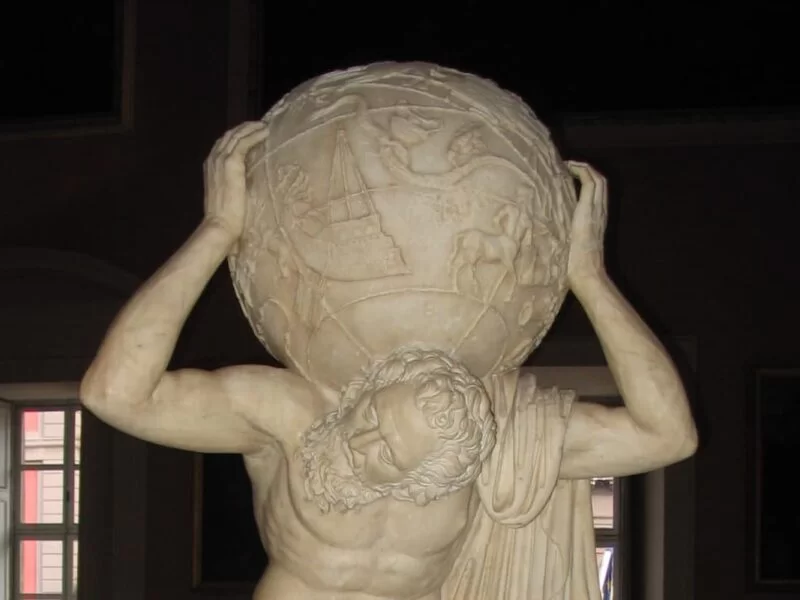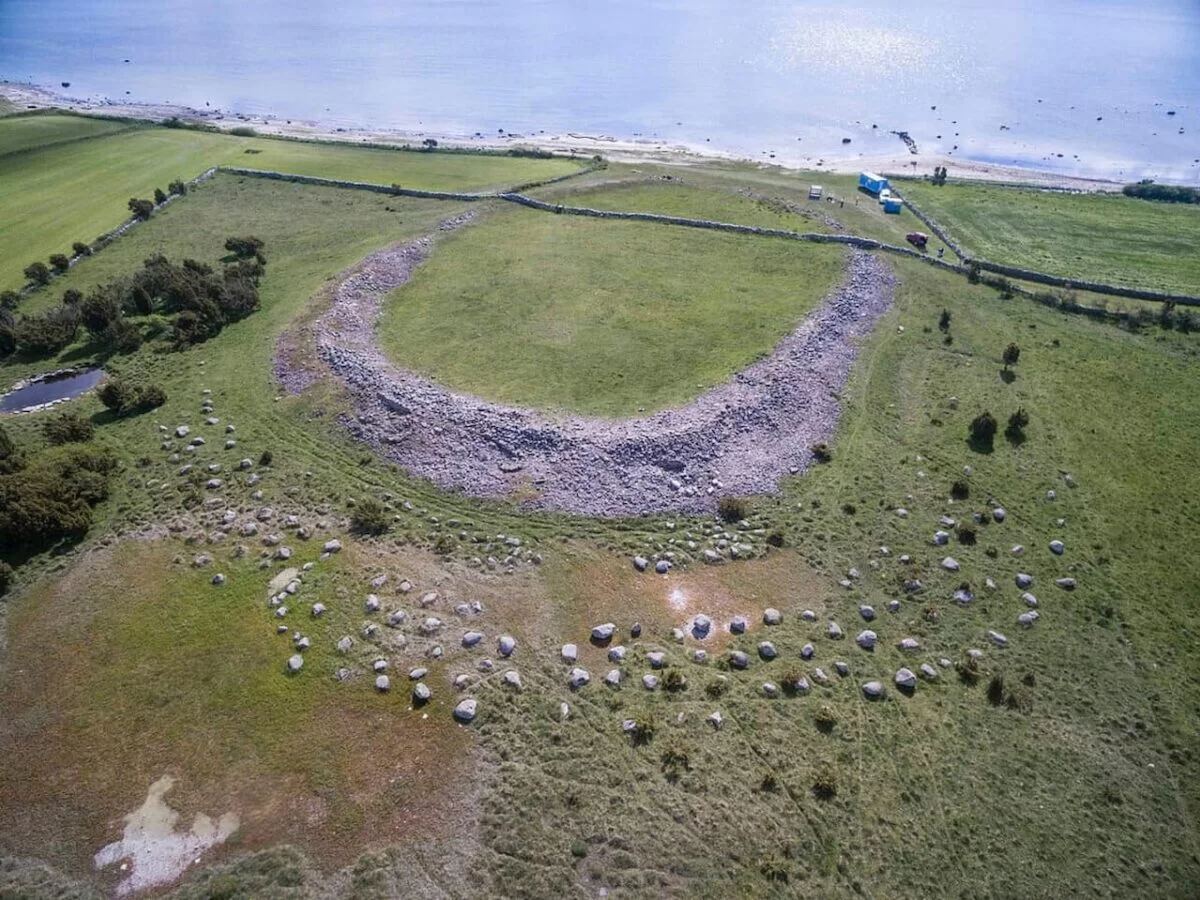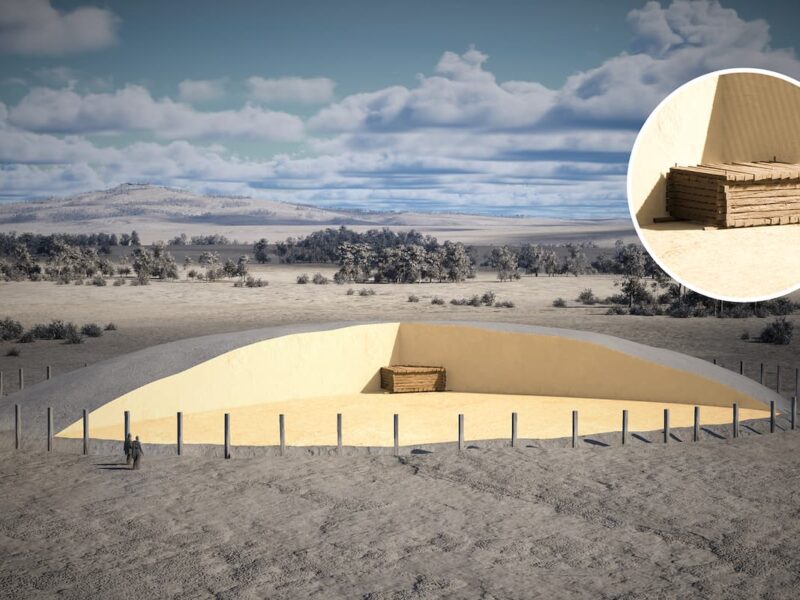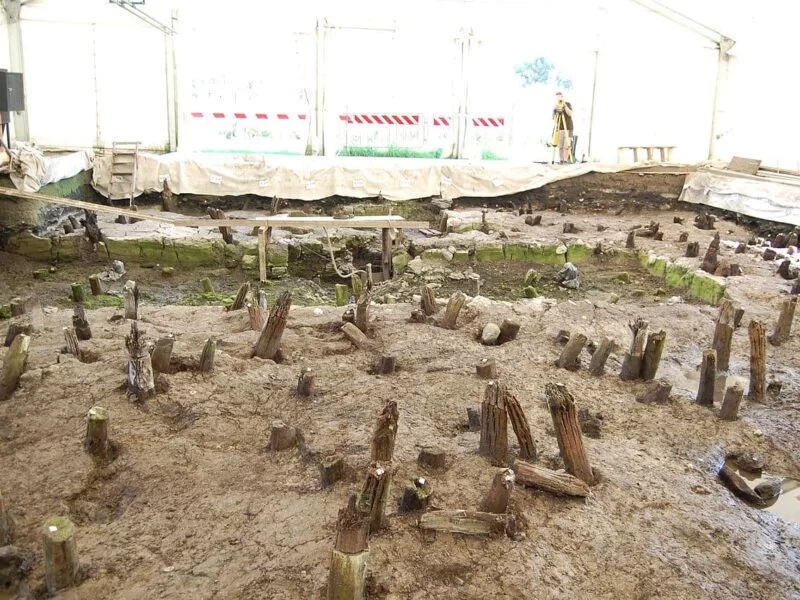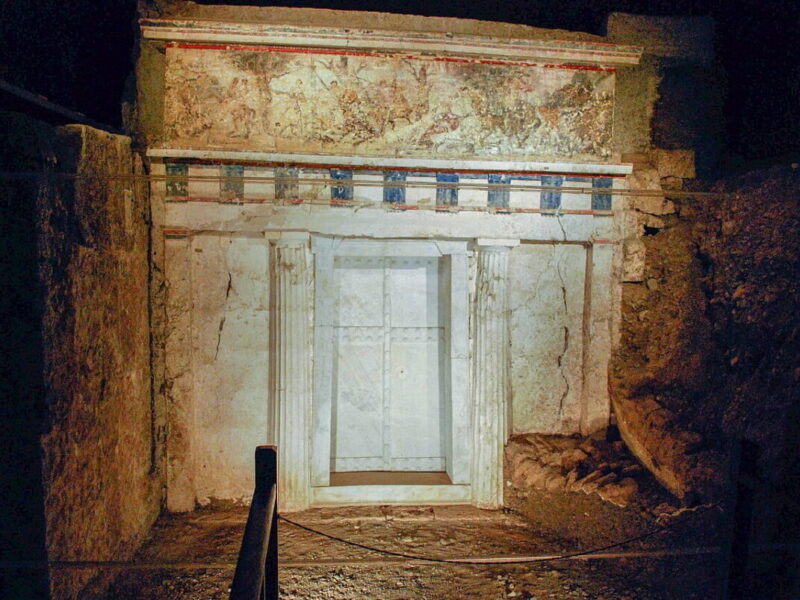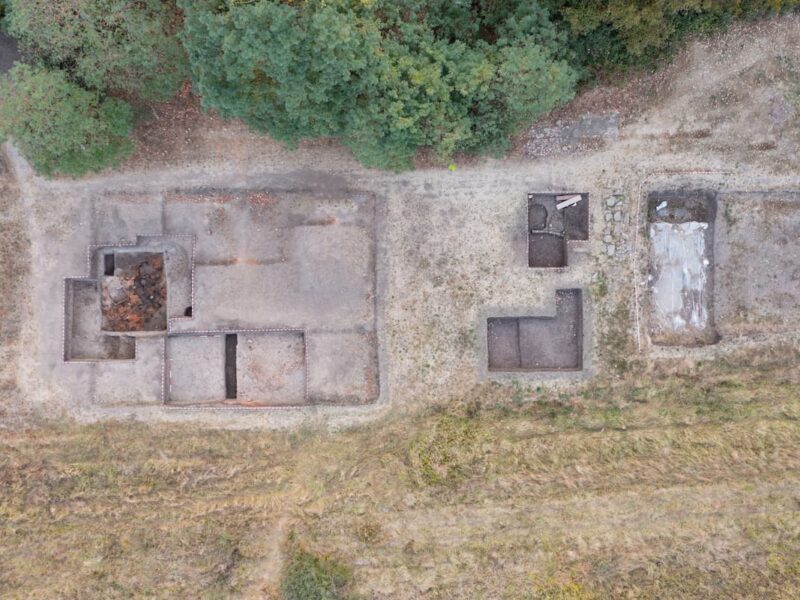Who are the early ancestors of scorpions, spiders, and horseshoe crabs? This long-standing mystery in paleontology has been solved thanks to the discovery of a significant fossil by a doctoral student at the Faculty of Geosciences and Environment of the University of Lausanne (UNIL), with support from a CNRS scientist. This fossil links modern species to those from the Cambrian period, approximately 505 million years ago.
Modern scorpions, spiders, and horseshoe crabs belong to a vast family of arthropods that first appeared on Earth around 540 million years ago. More specifically, they are part of a subgroup known as chelicerates, which are characterized by their pincer-like appendages used for feeding, dragging prey, or injecting venom. Identifying the ancient ancestors of this specific group has been a significant challenge for paleontologists.
Since the early days of fossil study, the question of which primitive arthropods could be considered direct ancestors to modern chelicerates has intrigued scientists. The challenge was compounded by a lack of fossils from the crucial period between 505 and 430 million years ago, a gap that left significant gaps in the evolutionary timeline.
Lorenzo Lustri, during his doctoral studies at UNIL, provided the missing piece of this puzzle. By examining a hundred fossils from the Fezouata site in Morocco, which date back to 478 million years ago, Lustri identified a fossil that bridges the gap between Cambrian organisms and modern species. This groundbreaking study was published in Nature Communications.
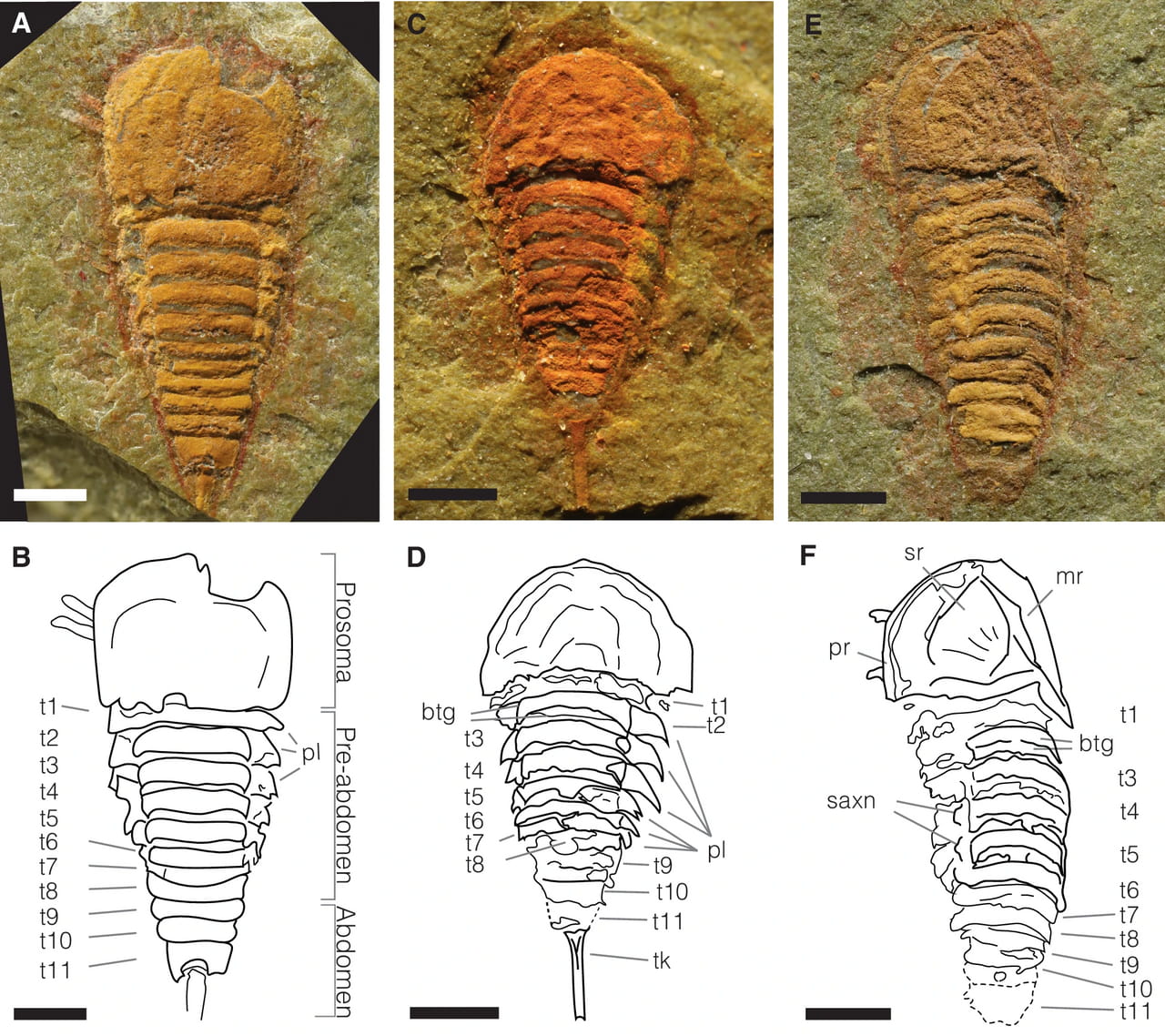
The Fezouata site, discovered in the early 2000s, has been the subject of numerous studies. The fossil described in the publication, one of the most abundant in the site, had not been previously detailed. Measuring between 5 to 10 millimeters, it was named Setapedites abundantis. This small but significant animal provides the first complete lineage of chelicerates, connecting the first arthropods to modern horseshoe crabs, spiders, and scorpions.
We initially planned just to describe and name this fossil. We never imagined it would hold so many secrets, says Lorenzo Lustri, the lead author of the study who defended his doctoral thesis in March 2023. It was an exciting surprise to realize, after meticulous observations and analyses, that it filled an important gap in the tree of life.
Despite this breakthrough, the fossil still holds more secrets. Its anatomical features offer further insights into the early evolution of chelicerates and may even link this group to other debated fossil forms. Additionally, a temporary exhibition about the Fezouata biota, in collaboration with UNIL, will soon be held at the Palais de Rumine in Lausanne, showcasing this significant discovery.
This discovery not only illuminates the evolutionary history of chelicerates but also highlights the importance of fossil studies in understanding the complexity of life’s history on Earth. The research conducted by Lustri and his colleagues has opened new avenues for exploring the early diversity and evolutionary pathways of ancient arthropods, providing a clearer picture of how modern species have evolved over millions of years.
Sources
CNRS | Lustri, L., Gueriau, P. & Daley, A.C. Lower Ordovician synziphosurine reveals early euchelicerate diversity and evolution. Nat Commun 15, 3808 (2024). doi.org/10.1038/s41467–024–48013-w
Discover more from LBV Magazine English Edition
Subscribe to get the latest posts sent to your email.









